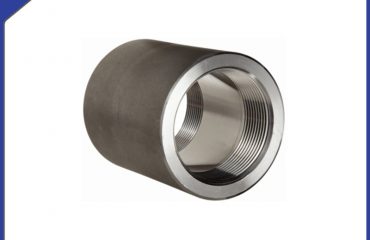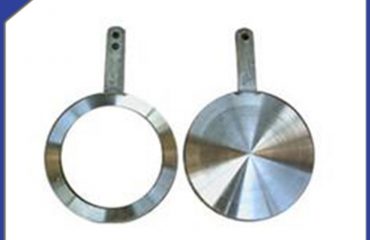When stainless steel flange pipe fittings are welded, they are repeatedly heated to separate carbides, reducing corrosion resistance and mechanical function. When using the electrode, it should be dry. The titanium calcium type should be dry for 1 hour at 150 ℃, and the low-a hydrogen type should be dry for 1 hour at 200-250 ℃ (it can’t be repeatedly dried, otherwise the coating will simply crack and fall off), so as to avoid sticking oil and other dirt on the electrode coating, so as to avoid adding carbon content to the weld and affecting the quality of the weldment.
In order to avoid eye to eye corrosion due to heating of flange cover, the welding current should not be too large, 20% less than that of carbon steel electrode, the arc should not be too long, the interlayer should be cooled quickly, and the narrow weld bead is suitable.
Stainless steel flange, in order to improve the corrosion resistance and weldability, appropriate amount of invariable elements such as Ti, Nb, Mo are added. The weldability of stainless steel flange is better than that of chromium stainless steel flange. When selecting the same type of chromium stainless steel flange welding rod (G302, G307), preheating above 200 ℃ and tempering at 800 ℃ after welding shall be carried out. If the weldment cannot be heat treated, stainless steel flange pipe welding rod (A107, A207) shall be selected. Stainless steel flange pipe fittings, butt welding flange electrode has excellent corrosion resistance and oxidation resistance.
After welding, the hardening American standard flange of chromium stainless steel flange pipe fittings is large and easy to crack. If the same type of chromium stainless steel electrodes (g202, G207) are selected for welding, preheating above 300 ℃ and slow cooling at 700 ℃ after welding must be carried out. If the weldment cannot be heat treated after welding, stainless steel flange pipe welding rod (A107, A207) shall be selected.
 Language
Language Espanol
Espanol English
English Italian
Italian عربى
عربى
 Skype: chinamaker99
Skype: chinamaker99  Tel: 86-316-5120812
Tel: 86-316-5120812 Email:
Email:  Whatsapp:
Whatsapp: 

